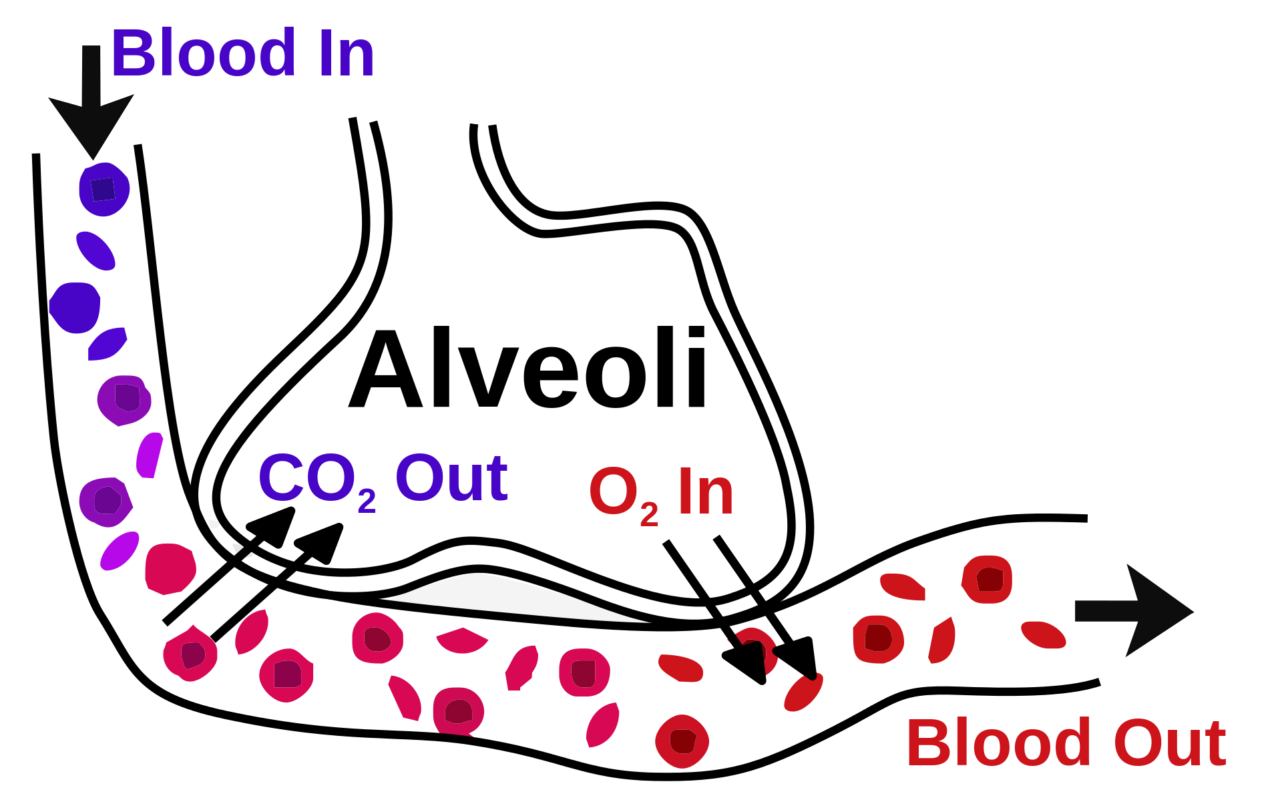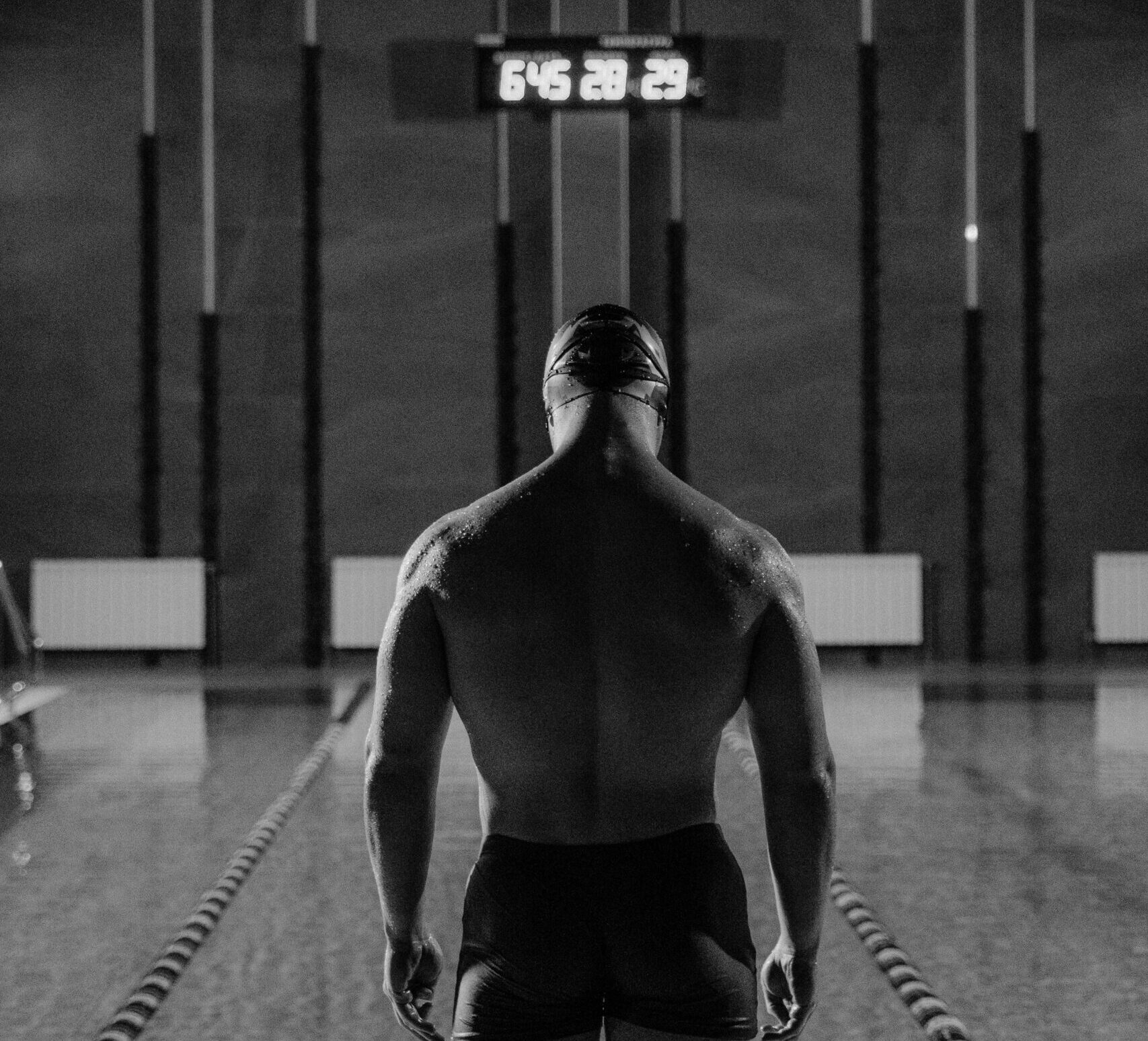Want to catch up with the other articles in this series?
Part 1: What is the impact of endurance training on human lifespan?
Part 1.1: What is VO2max?
Part 2: What are training zones?
Part 2.1: How do muscle fiber types correspond to training zones?
Part 2.2: Training zones 1, 2 and 3
Part 2.3: Training zones 3, 4, 5 and 6
Part 2.4: Moderate intensity vs. high intensity exercise
Part 3: By which mechanisms does exercise delay aging and prevent chronic disease?
Part 3.1: What are the cardiovascular adaptations to endurance training?
Part 3.2: What are the metabolic adaptations to endurance training?
Part 3.3: Can exercise prevent or even treat cancer?
Part 3.4: How does exercise impact the immune system?
Part 3.5: Exercise as a therapy for neurodegeneration and conclusions
What is VO2max?
Having looked at the significance of V̇O2 max as a marker for health and lifespan, we’ll now begin to understand how our physiology and anatomy determines it.
Oxygen uptake is the crucial process in producing energy for the exercising human. Maximal oxygen uptake (V̇O2max) is the highest rate at which oxygen can be taken up, delivered to and utilised by the muscles during intensive exercise. V̇O2max is a determining factor in cardiorespiratory fitness.
VO2max is the gold standard marker indicating the cardiorespiratory fitness of an individual.
Seeking to improve it should be a primary focus of most exercise prescriptions to delay chronic illness and promote longevity.
The major anatomical and physiological components of the oxygen transport system can be categorised into “central” and “local”. Both are important to aerobic capacity and represent a potential limitation to O2 flux if under optimised.
- “Central” components refer to the lung and heart: pulmonary diffusion of oxygen from the atmosphere into the lungs, to the blood and the transport of that oxygenated blood by the heart to the working muscles.
- “Local” refers to regional anatomy of the body such as the quadriceps muscles. The important physiological components locally are oxygen diffusion into the muscle cells and the oxidative capacity of the muscle cells. This includes the capillaries and the mitochondria within the muscle cells. We’ll be looking at this later in a lot more detail.
There’s debate as to whether central or local components contribute most to V̇O2max. The debate focuses on what type of training could make the largest difference to aerobic capacity and therefore V̇O2 max. Ultimately the whole system works synergistically and a better argument to have is what weighting of different types of training should be focused on.
Next we can take a deeper dive into these anatomical and physiological components of V̇O2max.
Central components of V̇O2max: The heart and lungs
Oxygen is inhaled into the lungs from the atmosphere via a pressure gradient created primarily by the diaphragm relaxing. It then diffuses into lung capillaries via a concentration gradient where it is bound to haemoglobin in red bloods cells.
The diffusion of oxygen from the lungs to the blood is known as ‘pulmonary diffusion’ and is one key factor that influences V̇O2max.
From here, oxygen bound haemoglobin is pumped back to the heart where newly oxygenated blood can be pumped to muscles, where it is used to create energy.

Cardiac output is the volume of blood pumped through the circulatory system. It is a product of both the amount of blood pumped out of the heart in one stroke (stroke volume) and heart rate (in beats per minute).
Improving stroke volume leads to a bigger cardiac output which means more oxygenated blood being transported to the working muscles. Improving the transport of oxygen to the local tissues enhances V̇O2 max.

Local components of V̇O2max: the muscles and blood supply
The local factors that affect V̇O2max are primarily:
- The density and the quantity of capillaries which deliver blood to the muscles.
- The function of the mitochondria in the muscle cells.
It’s traditionally thought that peripheral factors don’t make up much of limitations on V̇O2max. When an athlete dopes, they are usually hacking the oxygen delivery to the muscles.
Take EPO for example, this is an exogenous hormone that leads to increased production of haemoglobin: the oxygen carrying molecule. More haemoglobin means more oxygen in the blood and therefore delivered to the muscles. EPO was famously utilised by Lance Armstrong, who has said in several interviews that it was responsible for improving his output by around 100 watts. Therefore, when the muscles are delivered additional oxygen they appear to be able to utilise it, suggesting that it is central factors that appear to be limiting V̇O2max.
However, this does not consider the metabolism of lactate or lactic acid at a high intensity of exercise. We will go on to look at how type I muscles fibres utilise lactate as fuel in the trained individual. Professional athletes can put out a huge amount of work without even reaching anything near lactate threshold. Comparing this to an untrained person; they have passed lactate threshold and are close to V̇O2max at a very low intensity of exercise. It is not the central components or oxygen delivery of the body that is limiting the ability of the untrained person, rather it is the metabolic capabilities of the muscle and their architecture.
We’ll go on to discuss this in more detail when looking at training zones.
Both capillary and mitochondrial density can be greatly improved via a well-designed training program. A greater density of capillaries around the muscle fibres results in greater flow of blood and bigger surface area for diffusion of oxygen and to the muscle cells.

Mitochondria: the powerhouse of the cell
The end goal of the circulatory system is to deliver oxygen from blood to the mitochondria. A mitochondrion is an organelle found in most human cells. Their vital function is aerobic respiration to generate adenosine triphosphate (ATP) and is popularly nicknamed the “powerhouse of the cell”. This is done by oxidizing fat, glucose and lactate. All of these substrates are converted to Acetyl-COA which enters the citric acid cycle in the mitochondria, the goal of which is to parse electrons off that can be used to add electrons to ADP and in doing so create ATP.
This type of cellular respiration, known as aerobic respiration, is dependent on the presence of oxygen. When oxygen is limited (for example when exercising at maximal intensity) the glycolytic products will be metabolised by anaerobic fermentation, a process that is independent of the mitochondria (discussed later in training zones) producing lactic acid.
Substrate utilisation in the mitochondria involves both fatty acids and glucose, undergoing either glycolysis or beta oxidation to produce ATP. In the second stage of aerobic oxidation, pyruvate formed in glycolysis is transported into mitochondria, where it is oxidised by O2 to CO2. This process involves key enzymes such as citrate synthase that converts oxaloacetate and acetyl-COA to citrate. The output of glycolysis is to generate 34 of the 36 ATP molecules produced from the conversion of glucose to CO2.



